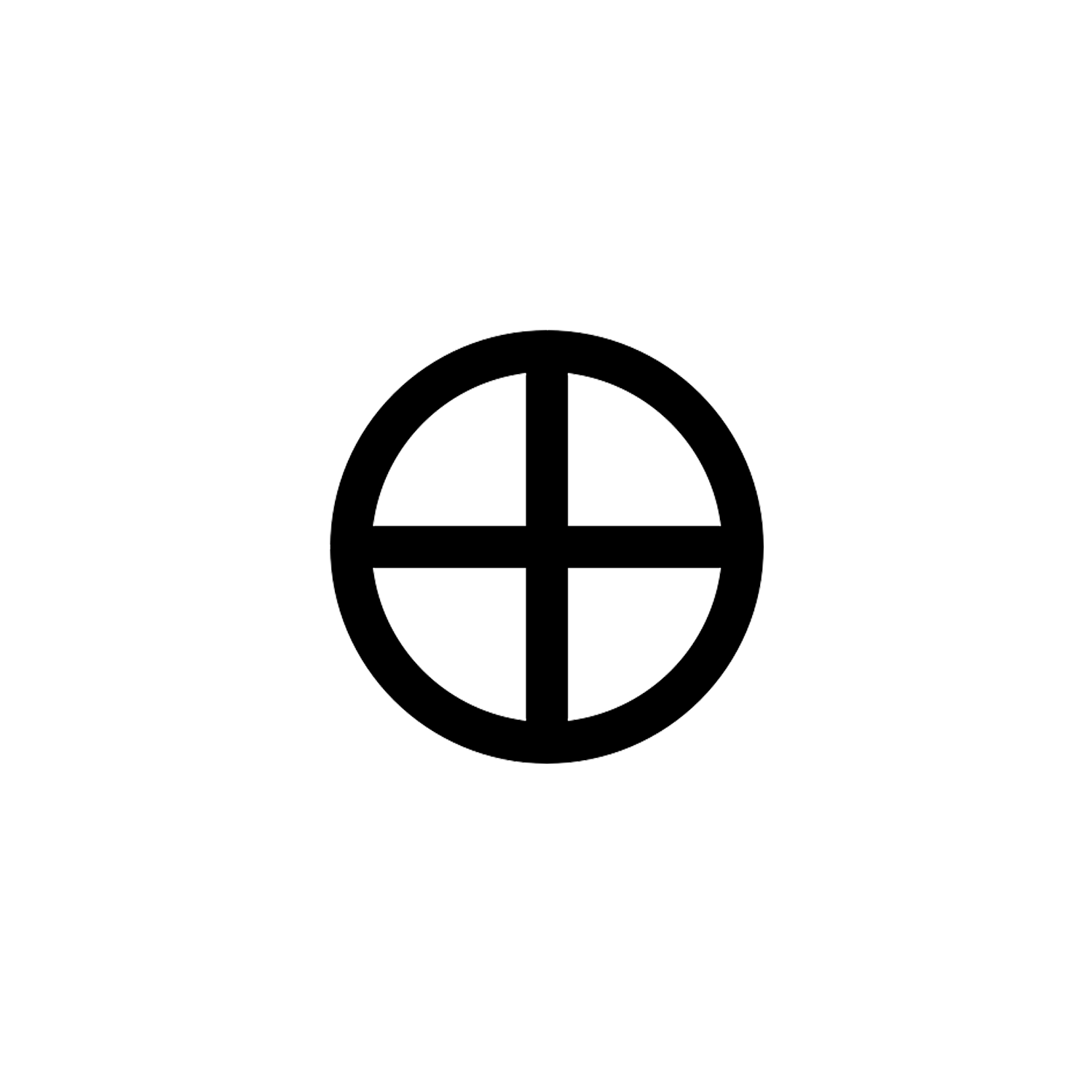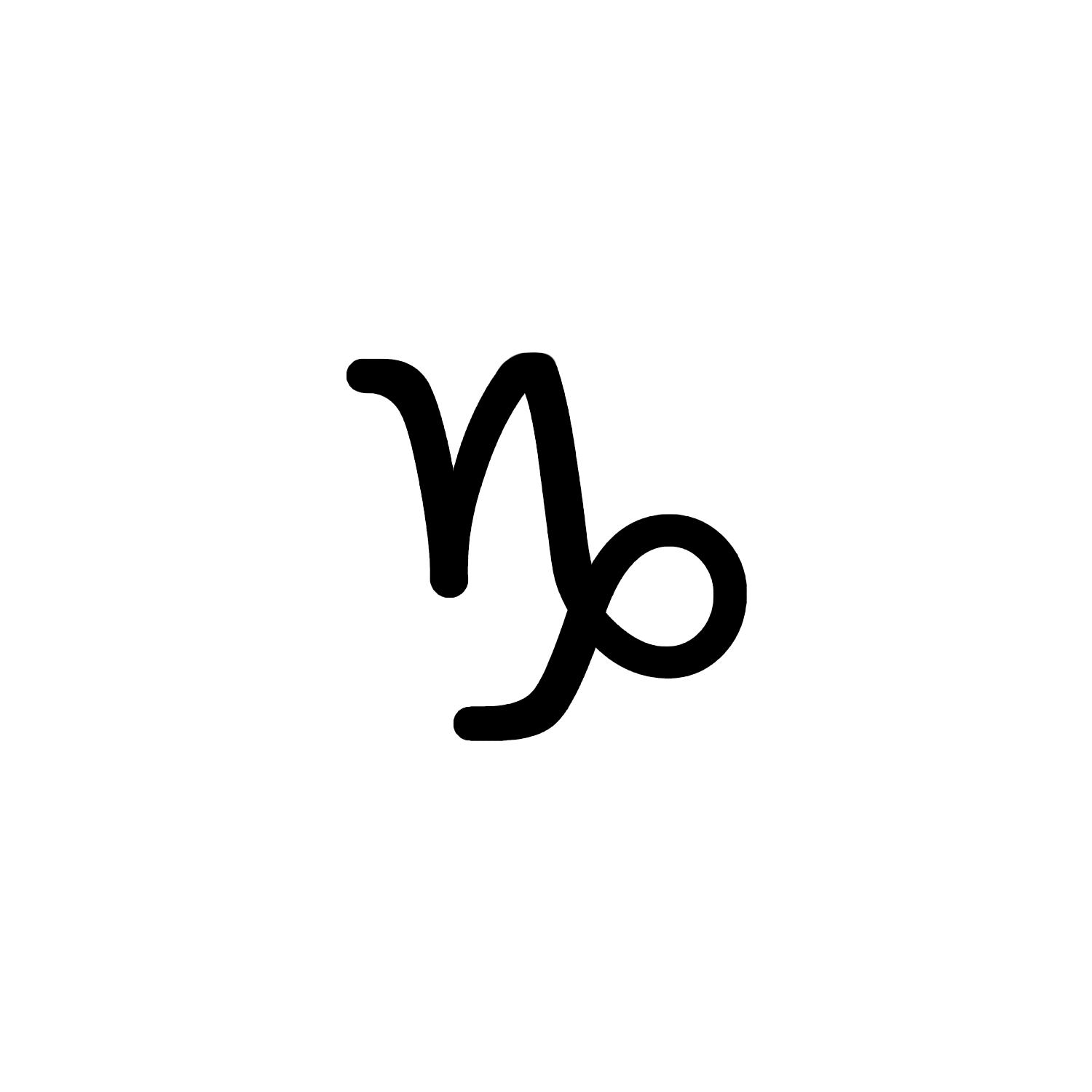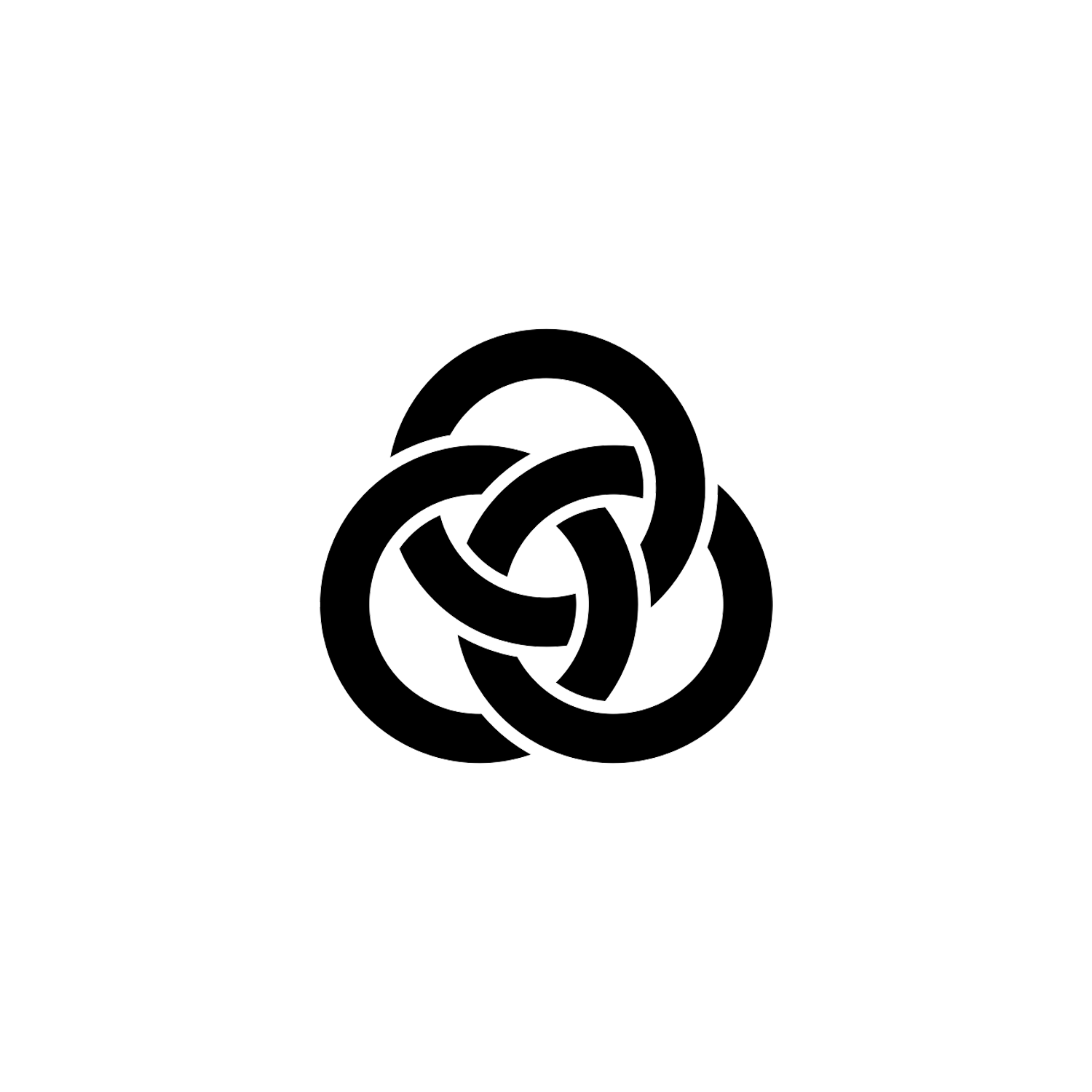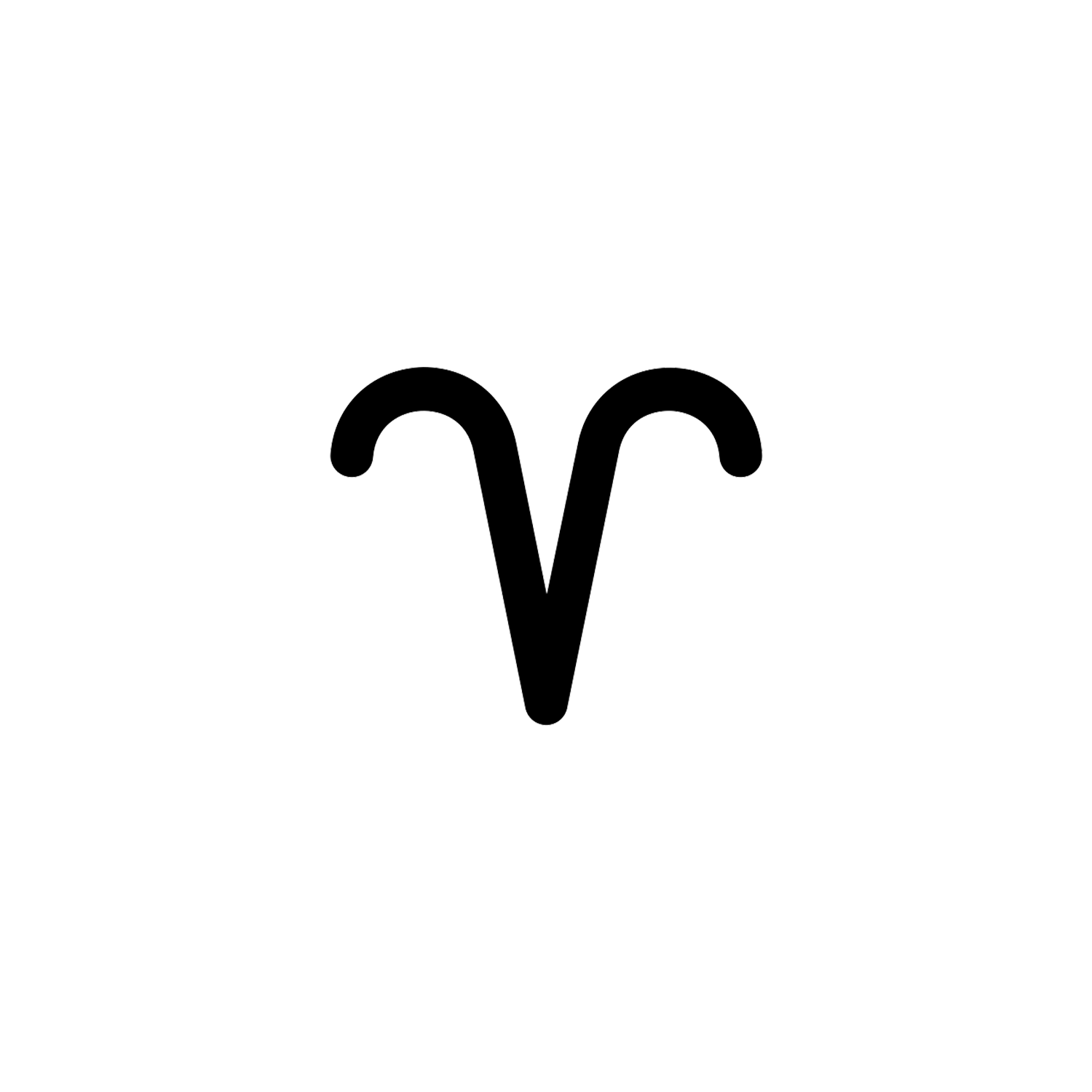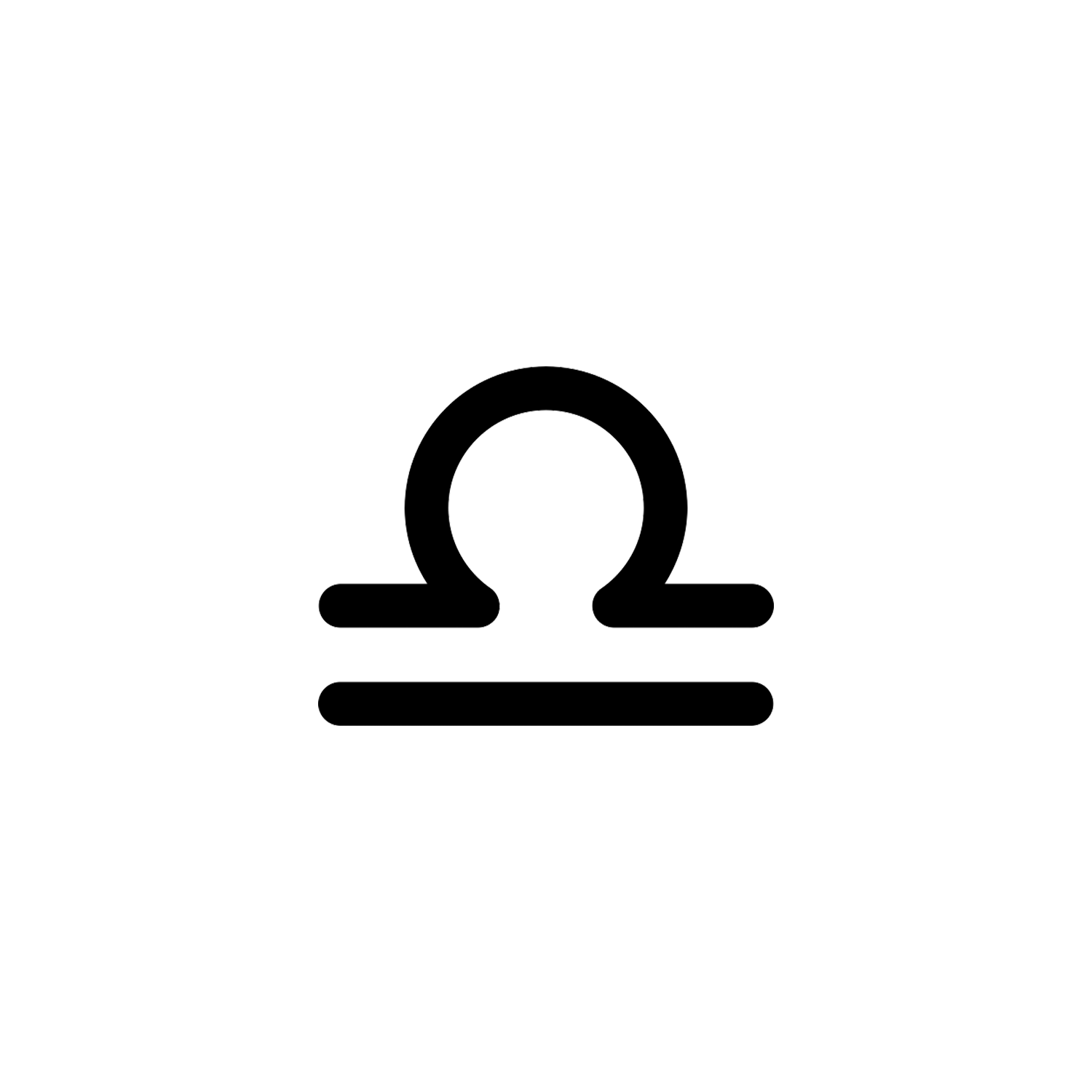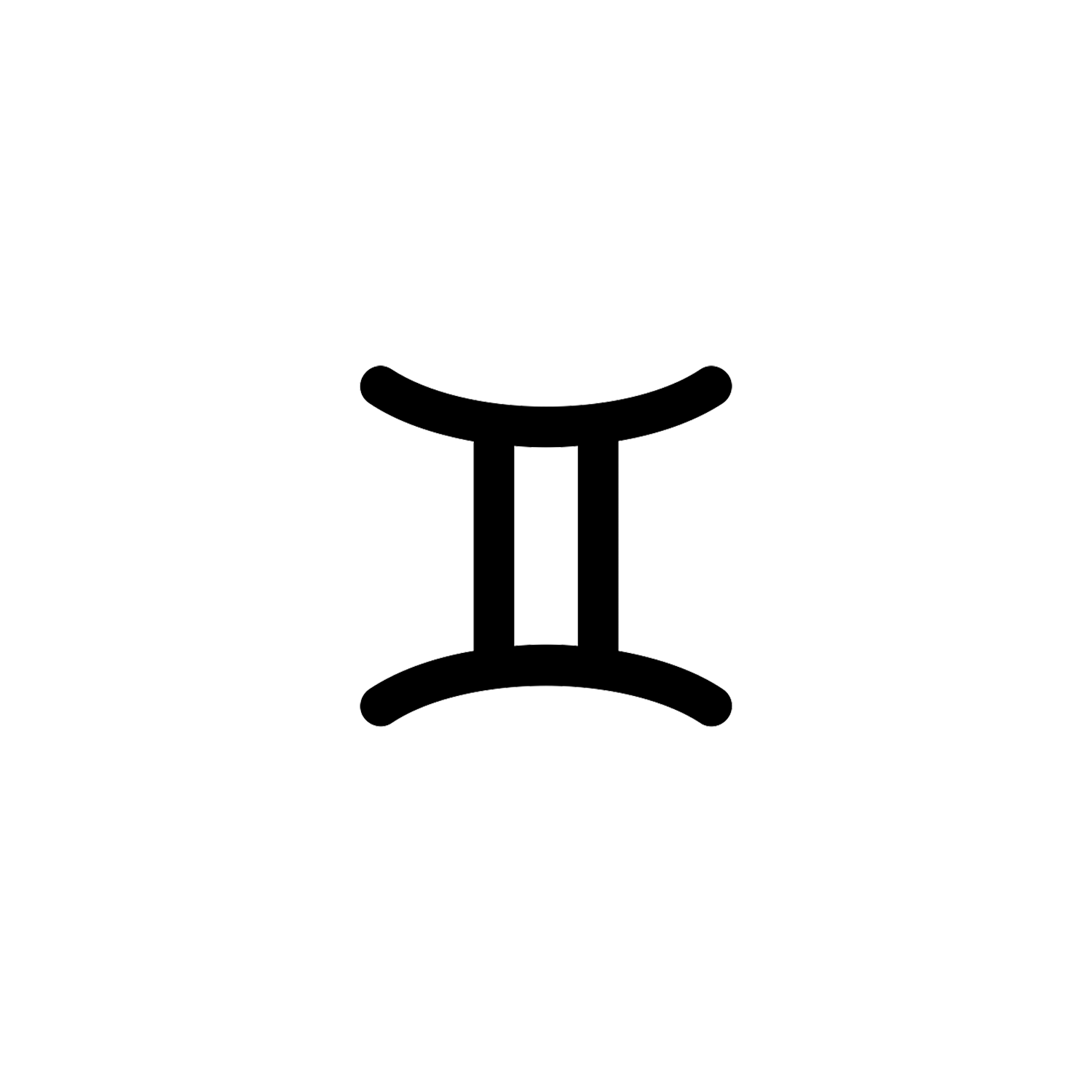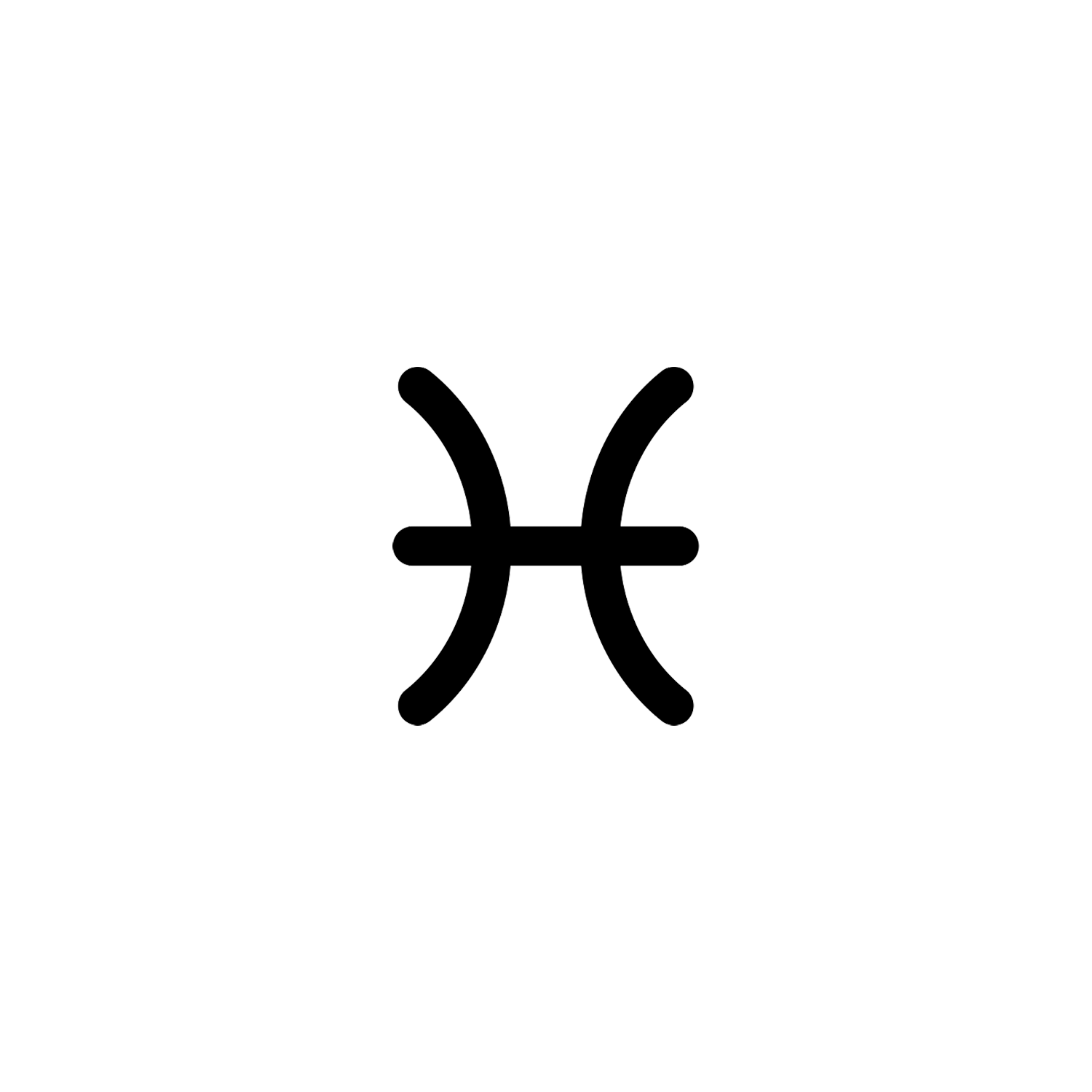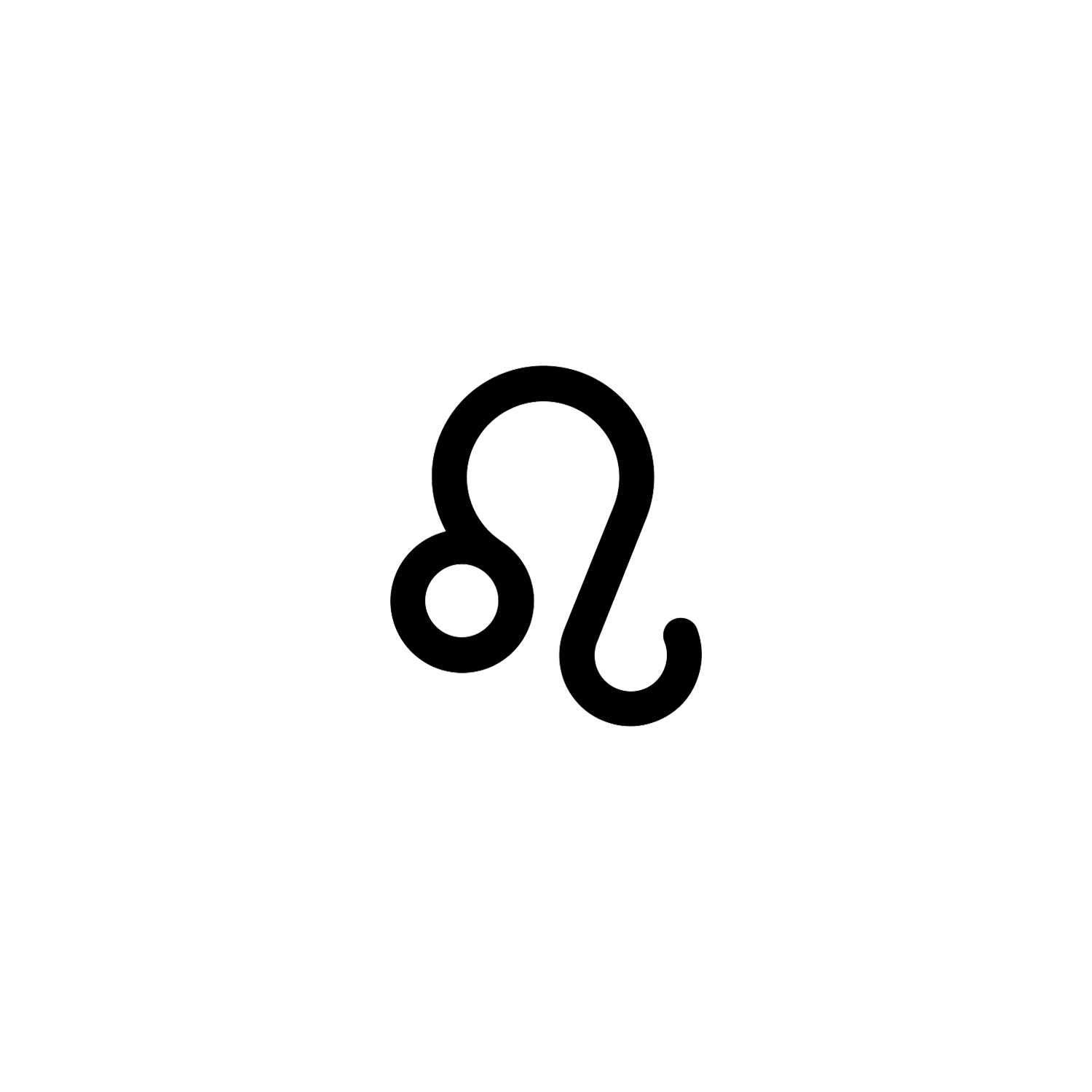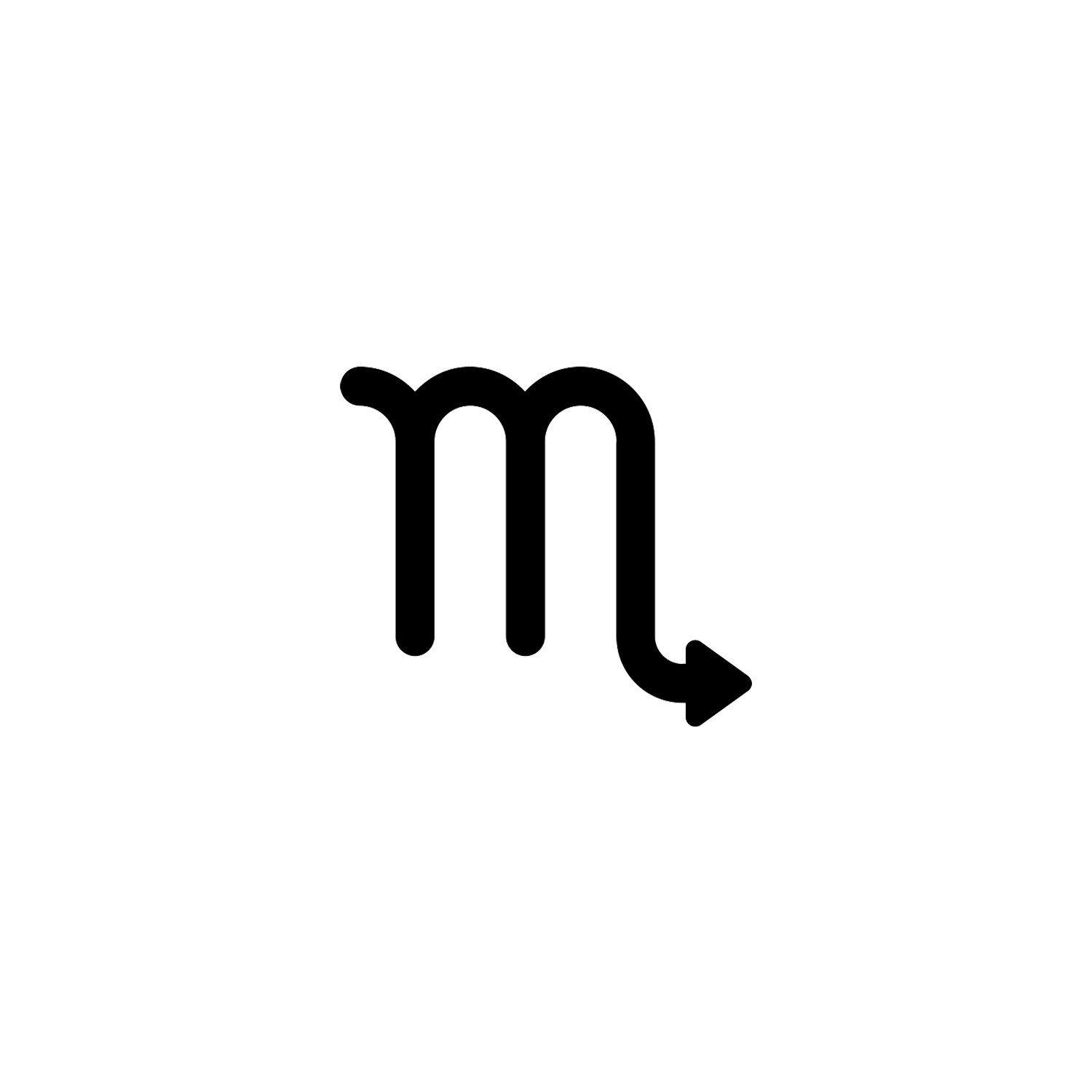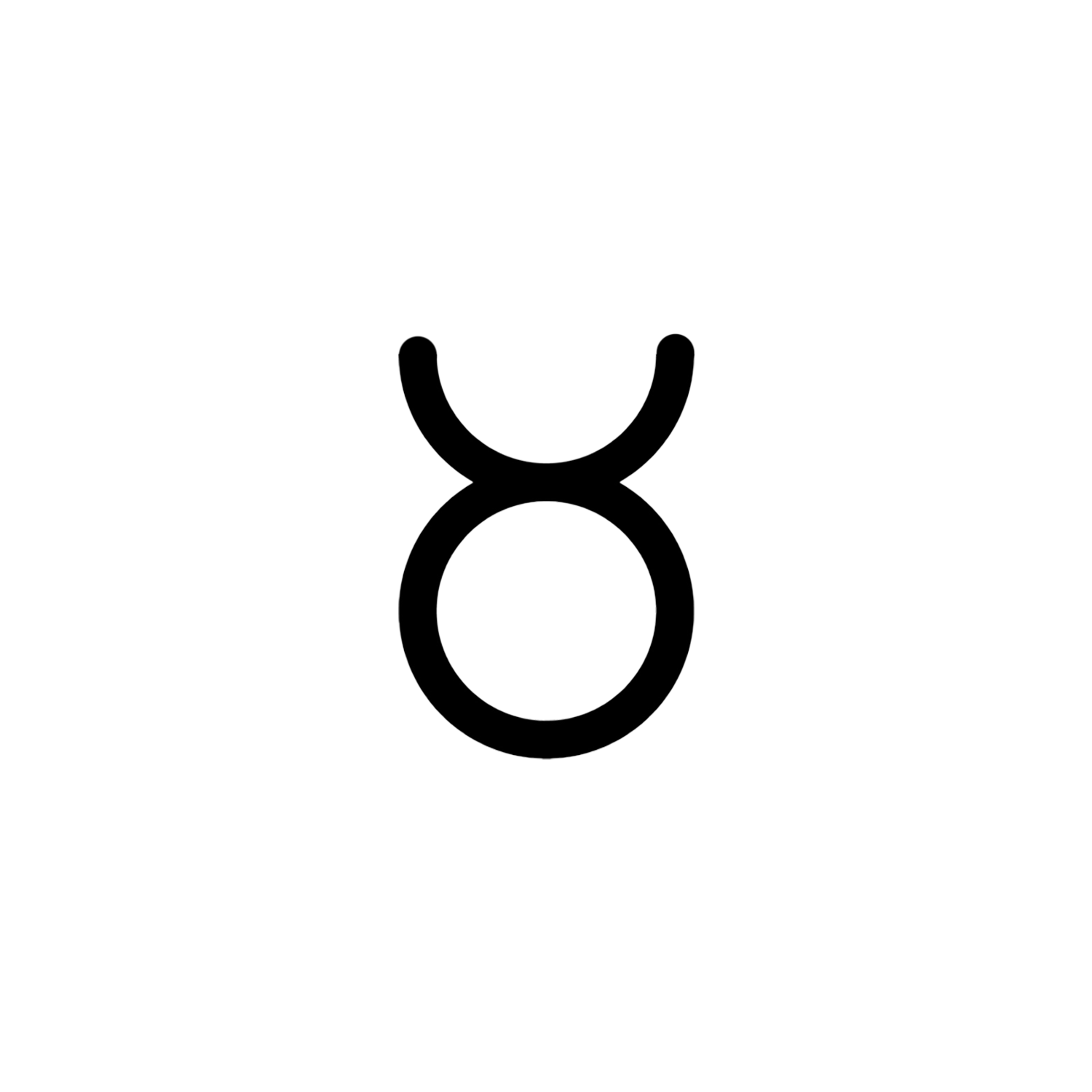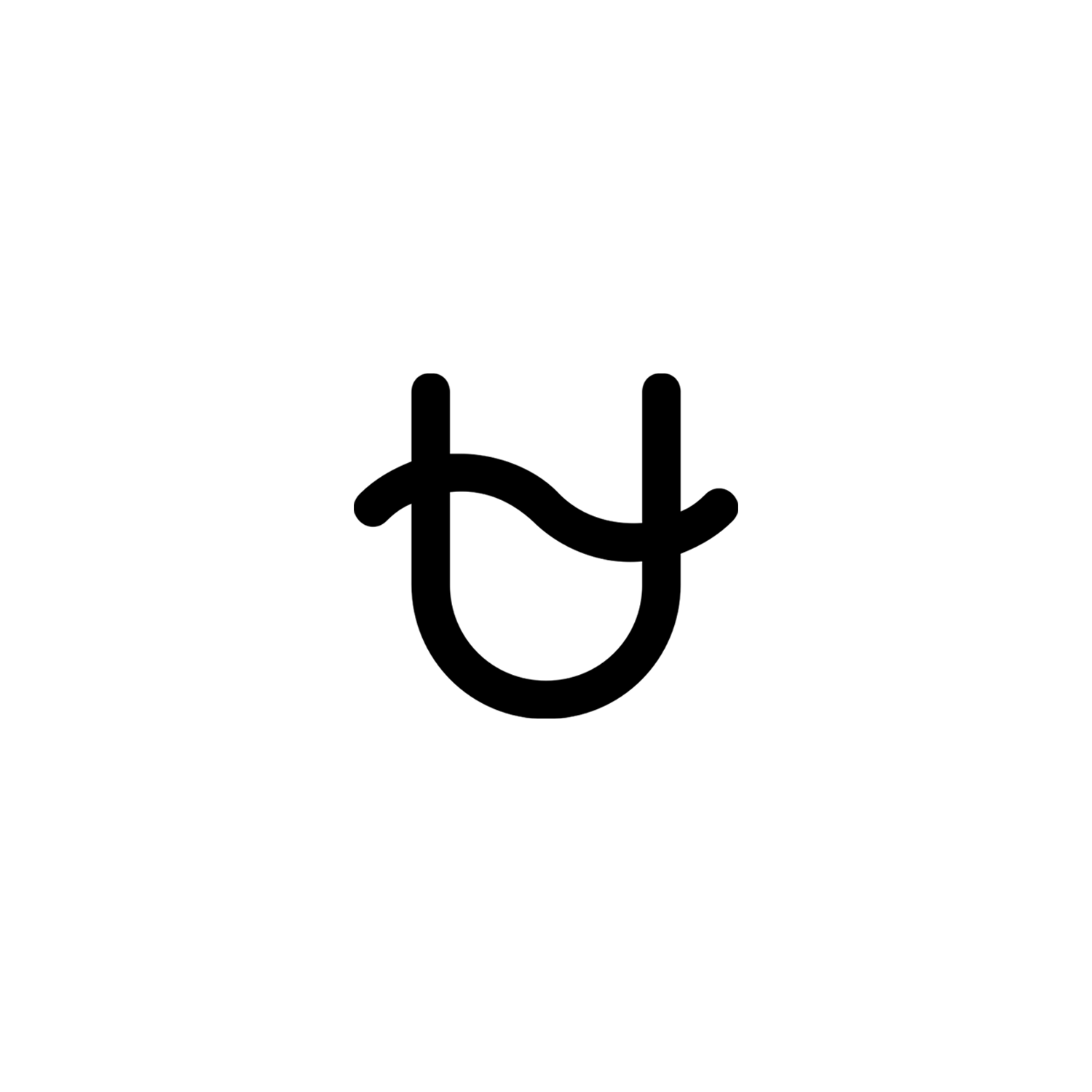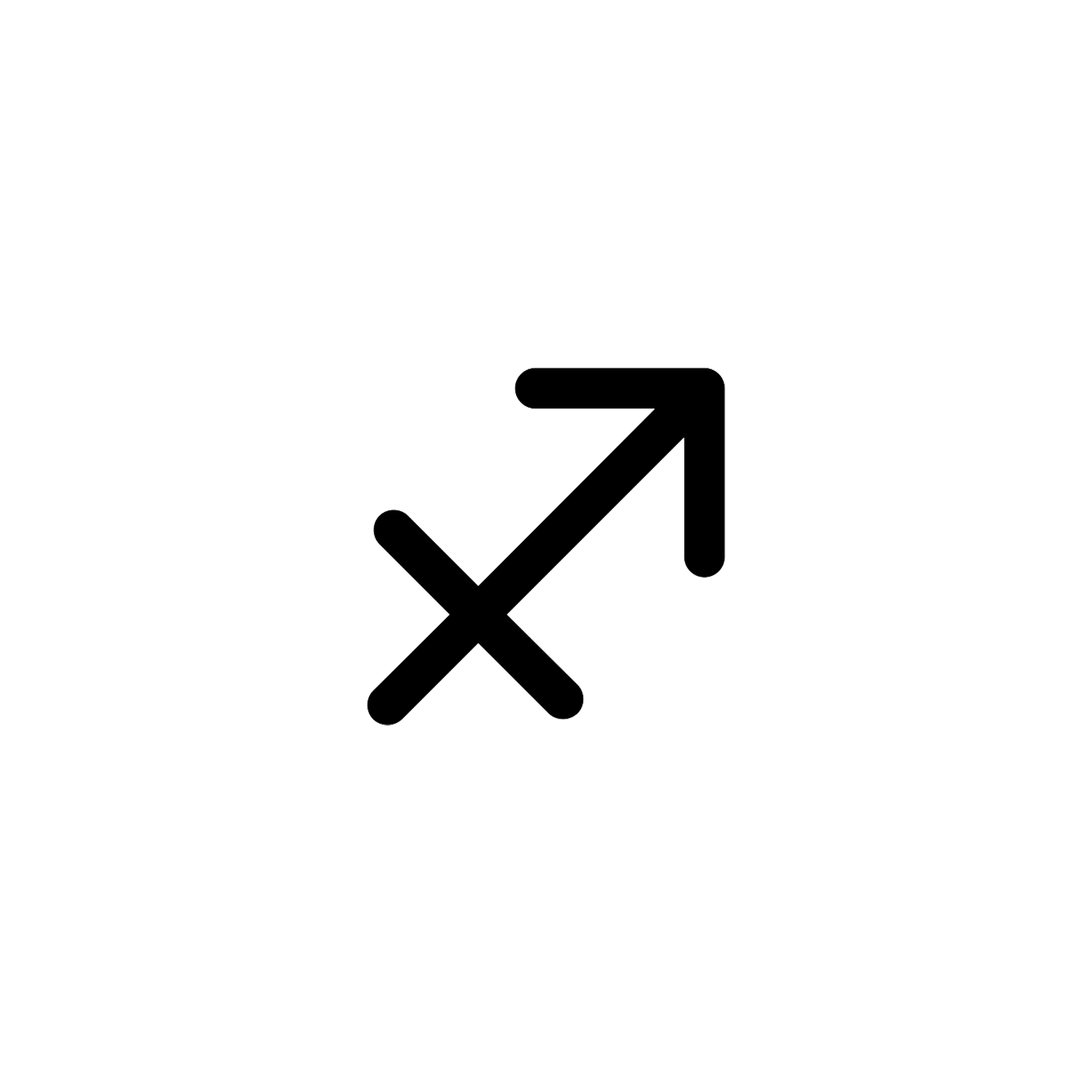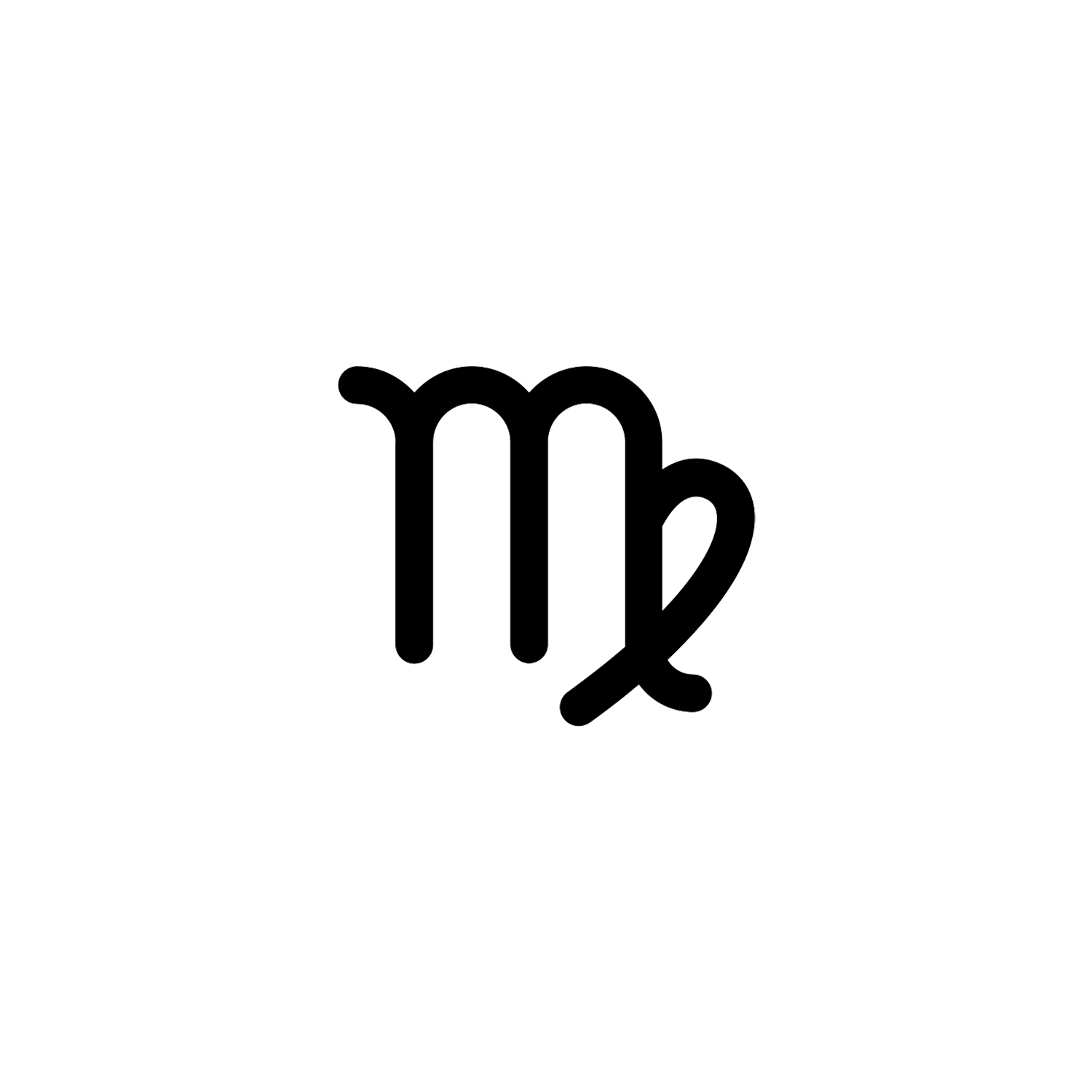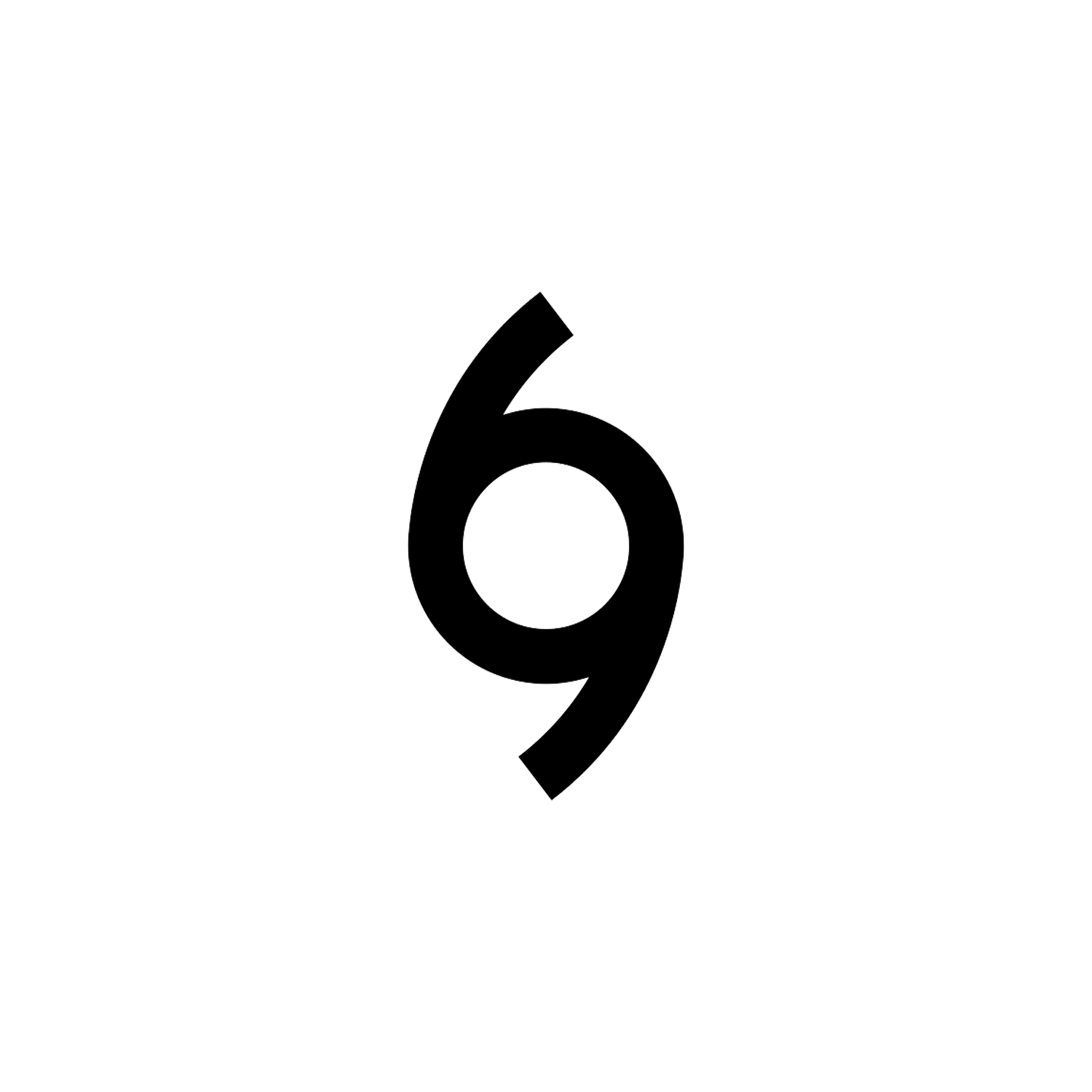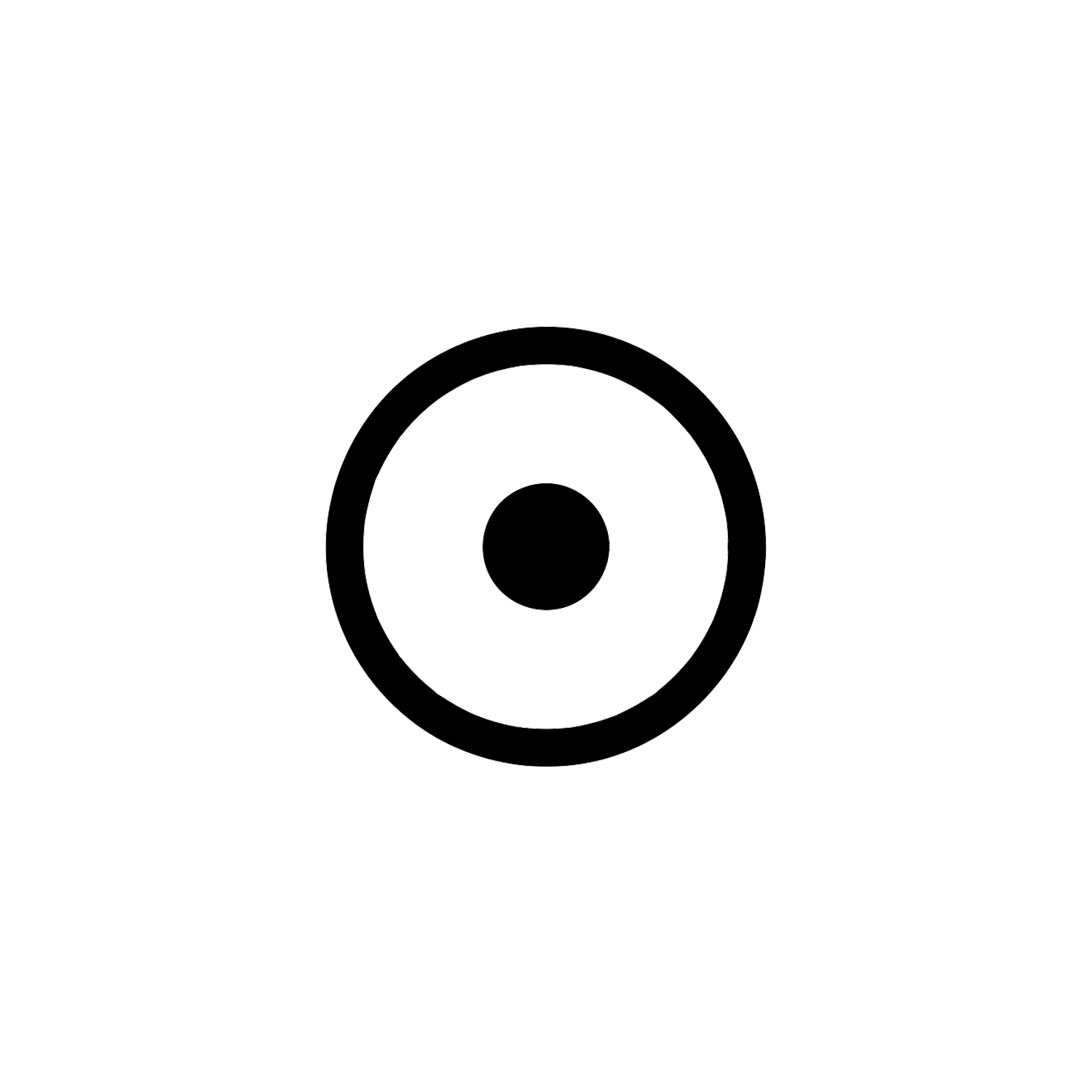Cancer
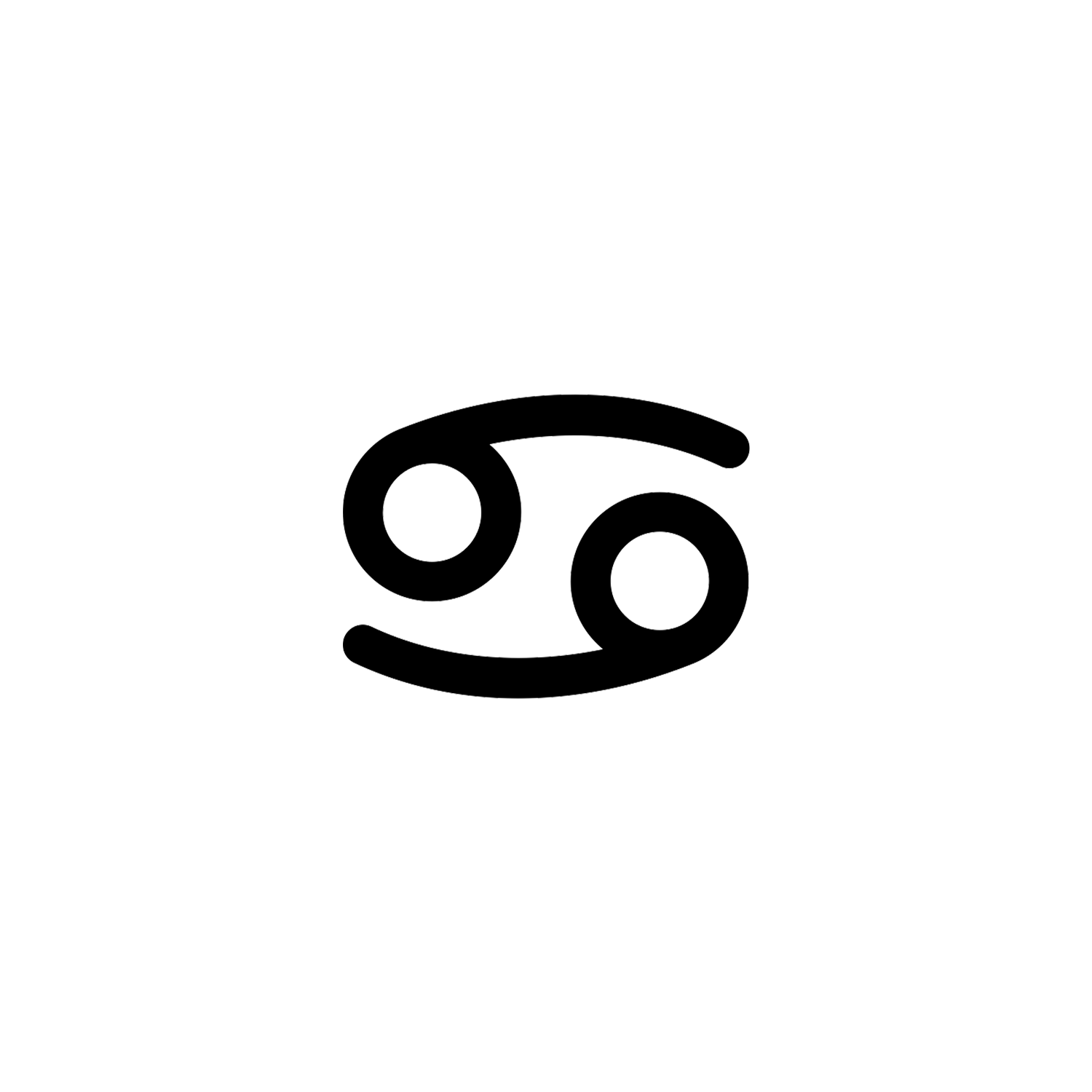

Cancer
The fourth astrological sign in the zodiac.
Overview
Cancer (Greek: Καρκίνος, romanized: Karkínos, Latin for the “Crab”) is the fourth astrological sign in the zodiac, originating from the constellation of Cancer. It spans from 90° to 120° celestial longitude. Under the tropical zodiac, the Sun transits this area between approximately June 22 and July 22.[1]
In astrology, Cancer is the cardinal sign of the Water trigon, which is made up of Cancer, Pisces, and Scorpio.[2] It is one of the six negative signs, and its ruling planet is the Moon.
Though some depictions of Cancer feature a lobster or crayfish,[3] the sign is most often represented by the crab, based on the Karkinos. Cancer’s opposite sign is Capricorn.

During the Middle Ages, the zodiacal symbol of Cancer was included in devotional books and incorporated into monumental sculptures.[4] The depiction of Cancer as a crab is most prevalent in Mediterranean and Western European art.[5]
Very few of Cancer’s stars are visible to the naked eye, and its brightest stars are only 4th magnitude. Cancer was often considered the “Dark Sign”, quaintly described as “black and without eyes”. Dante, alluded to its faintness in Paradiso, and mentioned it being visibility for the whole night when it culminated at midnight in a Northern Hemisphere winter month:
Thereafterward a light among them brightened,
So that, if Cancer one such crystal had,
Winter would have a month of one sole day.
— Dante Alighieri, Paradiso[6]
Cancer is figured in Giovanni Maria Falconetto’s 1517 painting, Cancer, as the guardian of the city of Verona.[7] The Cancer symbol is also depicted in Agostino di Duccio’s sculpture View of Rimini Under the Sign of Cancer (1450).[8] In Giorgio Vasari’s fresco, the Chamber of Fortune, Cancer is represented in the northern compartment of the ceiling, pictured by Diana, holding the moon, along with a crab.[9]
“Cancer” is an ancient word of Indo-European origin, derived from a root meaning “to scratch.”[10] In ancient Egypt, the sign of Cancer was conceived as a scarab beetle, while in Mesopotamia it was represented by a turtle.[10] In each case, the animal representative of the sign was perceived as “pushing” the sun across the heavens, initiating the summer solstice.[10] Latin cancer is the generic word for ‘crab’.[10] According to Greek myth, the symbol of Cancer—often a crab, though sometimes a lobster—is based on the Karkinos (Greek: “Cancer”), a crab crushed under the foot of Heracles, and whose remains were placed in the sky by Hera, forming the Cancer constellation.[11]

In Roman variations of the story, it is Juno—Hera’s counterpart in Roman mythology—who places the crab in the sky.[12] Naturalist Richard Hinckley Allen, in 1899, deemed Cancer the “most inconspicuous figure in the zodiac,” adding that its mythology “apologizes for its being there by the story that when the Crab was crushed by Hercules, for pinching his toes during a contest with the Hydra in the Marsh of Lerna, Juno exalted it to the sky.”[12]
Astrology
Cancer is the fourth sign of the zodiac, which the sun enters at the summer solstice in the Northern Hemisphere Those who are born from approximately June 22 to July 22 (depending upon the year) are born under Cancer.[13] Individuals born during these dates, depending on which system of astrology they subscribe to, may be called “Cancerians”.[14] Cancer is a northern sign, and its opposite sign is Capricorn.[15][16][17] Cancer is a cardinal sign.

Water is the element associated with Cancer,[18] and, alongside Scorpio and Pisces, it forms the water trigon.[19] The water trigon is one of four elemental trigons in the zodiac, with the other three being fire, earth, and air.[20]
When a trigon is influential, it is said to affect changes on earth.[20] Cancer is said to be the house of Neptune and the exaltation of Jupiter, both astronomical bodies over those born under Cancer.[21][22] Its ruling planet is the Moon.[23] Due to the negative associations of the word “Cancer” with the disease of the same name, some astrologers refer to persons born under this sign as “moon children”.[24][25]
Divine associations with Cancer in Renaissance astrology are Luna/Diana, both goddesses that represent the Moon, Cancer’s ruling planet.[26]
In Hindu astrology, the sign of Cancer is named Karka and its ruler is Moon.[27]
In Western astrology, the polarity divides the zodiac in half and refers to the alignment of a sign’s energy as either positive or negative, with various attributes associated to them as a result.[28]
Positive polarity signs, also called active, yang, expressive, or masculine signs, are the six odd-numbered signs of the zodiac: Aries, Gemini, Leo, Libra, Sagittarius, and Aquarius. Positive signs make up the fire and air triplicities.[29][30]
Negative polarity signs, also called passive, yin, receptive, or feminine signs,[31] are the six even-numbered signs of the zodiac: Taurus, Cancer, Virgo, Scorpio, Capricorn, and Pisces. Negative signs make up the earth and water triplicities.[32]

Astronomy
Cancer is one of the twelve constellations of the zodiac and is located in the Northern celestial hemisphere. Its old astronomical symbol is. Its name is Latin for crab and it is commonly represented as one. Cancer is a medium-size constellation with an area of 506 square degrees and its stars are rather faint, its brightest star Beta Cancri having an apparent magnitude of 3.5.
It contains ten stars with known planets, including 55 Cancri, which has five: one super-earth and four gas giants, one of which is in the habitable zone and as such has expected temperatures similar to Earth. At the (angular) heart of this sector of our celestial sphere is Praesepe (Messier 44), one of the closest open clusters to Earth and a popular target for amateur astronomers.

Cancer is a medium-sized constellation that is bordered by Gemini to the west, Lynx to the north, Leo Minor to the northeast, Leo to the east, Hydra to the south, and Canis Minor to the southwest. The three-letter abbreviation for the constellation, as adopted by the International Astronomical Union in 1922, is “Cnc”.[33]
The official constellation boundaries, as set by Belgian astronomer Eugène Delporte in 1930, are defined by a polygon of 3 main and 7 western edgework forming sides (illustrated in infobox). In the equatorial coordinate system, the right ascension coordinates of these borders lie between 07h 55m 19.7973s and 09h 22m 35.0364s, while the declination coordinates are between 33.1415138° and 6.4700689°.[34] Covering 506 square degrees or 0.921% of the sky, it ranks 31st of the 88 constellations in size. It can be seen at latitudes between +90° and -60° and is best visible at 9 p.m. during the month of March. Cancer borders the bright constellations of Leo, Gemini and Canis Minor. Under city skies, Cancer is invisible to the naked eye.

Cancer was the backdrop to the Sun’s most northerly position in the sky (the summer solstice) in ancient times, when the Earth’s Sun-facing side was maximally tilted towards the south, in the Gregorian calendar kept within a few days of June 21. Equivalently, this is the date when the Sun is directly overhead as far north as 23.437° N. The northern-most parallel where the sun is directly overhead is still called the Tropic of Cancer, even though the corresponding position on the sky now occurs in Taurus, due to the precession of the equinoxes.[35]
The close conjunction of Jupiter and Saturn in 1563 – which was observed by Tycho Brahe and led him to note the inaccuracy of existing ephemerides and to begin his own program of astronomical measurements – occurred in Cancer not far from Praesepe.
In Greek mythology, Cancer is identified with the crab that appeared while Heracles fought the many-headed Lernaean Hydra. Hercules slew the crab after it bit him in the foot. Afterwards, the goddess Hera, an enemy of Heracles, placed the crab among the stars.[36]
Differences between Astrology and Astronomy
Astrological signs are now only used in astrology to tell fortunes and describe people’s characters. Zodiac constellations are the subject of astronomy. Previously, they marked the passage of time and the seasons for ancient people and helped create calendars. Even now, they are used for marine navigation and astronomical observations. For instance, they are especially useful for amateur astronomers as reference points to locate planets.
Astrology is a pseudoscience.[37] Scientific investigations of the theoretical[38] basis and experimental verification of claims[39] have shown it to have no scientific validity or explanatory power. More plausible explanations for the apparent correlation between personality traits and birth months exist, such as the influence of seasonal birth in humans.
The zodiac signs’ dates are now about a month ahead of when the Sun meets the corresponding constellations. These dates were established more than two thousand years ago, but today things changed. For example, Aries now meets the Sun around April 19 (the exact date depends on the year and your timezone) instead of the astrological date of March 21. So, most people who think of themselves as Aries were born when the Sun was in Pisces.
The reason for this time shift is the axial precession of the Earth. Our planet is like a spinning top: it’s flattened at the poles and bulges at the equator, pulled by the Moon and Sun. So, it wobbles as it spins, tracing a cone of 23.5° radius with its axis. The wobble is called the precession of the Earth’s axis, or the precession of the equinoxes. Each spin lasts one day, but each gyration around the cone takes 25,800 years. The movement slowly alters the view of the zodiac from the Earth, making the constellations appear to slide to the east about 1° per human lifetime.
Moreover, just as in ancient times, now the Sun passes through the 13th constellation Ophiuchus that we mentioned above. So, no zodiac constellation meets the Sun from around November 30 to December 17, but, in astrology, these days belong to the sign Sagittarius.
It’s the astronomical view of things. Astrologers defend themselves by saying that they use the tropical zodiac, which is fixed to seasons, not the position of constellations. So, it’s your choice to believe whether you are Aries or Pisces, Sagittarius or Ophiuchus.

There are twelve constellations that roughly correspond to the traditional zodiac signs and are recognized as members of the zodiac family: Aries, Taurus, Gemini, Cancer, Leo, Virgo, Libra, Scorpius, Sagittarius, Capricornus, Aquarius, Pisces.
They are called “zodiac” on behalf of tradition. Beyond that, there is no reason why they are grouped this way.
Astrologers say that during the dates of a zodiac sign, the Sun is “in” the corresponding constellation. Over a year, the Sun regularly visits 13 constellations in the sky: Capricornus, Aquarius, Pisces, Aries, Taurus, Gemini, Cancer, Leo, Virgo, Libra, Scorpius, Sagittarius, and Ophiuchus. The last one doesn’t have its traditional zodiac sign, but why? To find out, we would have to ask the Babylonians.
Babylonian astronomers designated the 12 zodiac signs in the 5th century B.C. They knew the 13th constellation Ophiuchus, but it didn’t fit into the ancient calendar of 12 lunar months. So, Babylonians omitted Ophiuchus for convenience. Modern Western zodiac astrology still follows the Babylonian tradition. Moreover, astronomy constellation maps don’t include Ophiuchus in the zodiac family either – it belongs to the Hercules one.
Altogether, the 13 constellations are called the constellations of the ecliptic. The ecliptic refers to the imaginary plane containing the Earth’s orbit around the Sun. We from the Earth observe it as the Sun’s path in the sky throughout the year. Over a year, the Sun appears to regularly pass in front of the ecliptic constellations one by one. The entry and exit dates almost perfectly repeat. For Ophiuchus, these dates are November 30 to December 17 (the beginning and the ending may vary by day, depending on the year and your timezone).
Therefore, if you are born at the beginning of December, don’t be surprised that the Sun is “in” Ophiuchus and not the constellation Sagittarius.

Conclusion
In astrology, Cancer is the fourth sign of the zodiac, considered as governing the period from about June 22 to about July 22.
Its representation as a crab (or lobster or crayfish) is related to the crab in Greek mythology that pinched Heracles while he was fighting the Lernaean hydra. Crushed by Heracles, the crab was rewarded by Heracles’ enemy, Hera, by being placed in the heavens.
[1] "Cancer". Encyclopædia Britannica.
[2] Shoemaker, Mrs. Mabel (McGeorge) (1904). Astrology. p. 45. Philadelphia, Pennsylvania: Penn Publishing Company.
[3] "Cancer". Encyclopædia Britannica. 2021.
[4] Savage, Jessica (June 21, 2016). "June's Zodiac Sign and "Lobster-Like" Crabs". The Index of Medieval Art. Princeton University. Archived from the original on April 27, 2020.
[5] Savage, Jessica (June 21, 2016). "June's Zodiac Sign and "Lobster-Like" Crabs". The Index of Medieval Art. Princeton University. Archived from the original on April 27, 2020.
[6] Allen, Richard Hinckley (1899). The Star-Names and Their Meanings. p. 109. New York City, New York: G.E. Stechert.
[7] Battistini, Matilde (2007). Astrology, Magic, and Alchemy in Art (A Guide to Imagery). p. 47. J. Paul Getty Museum. ISBN 978-0-892-36907-2.
[8] Battistini, Matilde (2007). Astrology, Magic, and Alchemy in Art (A Guide to Imagery). p. 46. J. Paul Getty Museum. ISBN 978-0-892-36907-2.
[9] Cheney, Liana (2007). Giorgio Vasari's Teachers: Sacred & Profane Art. p. 50. New York City, New York: Peter Lang. ISBN 978-0-820-48813-4.
[10] Savage, Jessica (June 21, 2016). "June's Zodiac Sign and "Lobster-Like" Crabs". The Index of Medieval Art. Princeton University. Archived from the original on April 27, 2020.
[11] "Cancer: Meaning of Cancer". Oxford Dictionaries. Oxford University Press. Archived from the original on April 27, 2020.
[12] Allen, Richard Hinckley (1899). The Star-Names and Their Meanings. p. 107. New York City, New York: G.E. Stechert.
[13] "Cancer". Encyclopædia Britannica. 2021.
[14] "Cancer: Meaning of Cancer". Oxford Dictionaries. Oxford University Press. Archived from the original on April 27, 2020.
[15] Smith, Robert Cross (1828). A Manual of Astrology, by Raphael. p. 64. Oxford, England: Oxford University.
[16] Lilly, William (1835). An Introduction to Astrology, Rules For the Practice of Horary Astrology [an abstract of Christian astrology]: To Which Are Added, Numerous Emendations, by Zadkiel. pp. 14, 60. Oxford, England: Oxford University.
[17] Simmonite, William Joseph (2015) [1896]. Horary Astrology: The Key To Scientific Prediction, Being The Prognostic Astronomer. p. 17. Andesite Press [Harvard College Library]. ISBN 978-1-296-83282-7.
[18] Cheney, Liana (2007). Giorgio Vasari's Teachers: Sacred & Profane Art. p. 45. New York City, New York: Peter Lang. ISBN 978-0-820-48813-4.
[19] Allen, Richard Hinckley (1899). The Star-Names and Their Meanings. p. 107. New York City, New York: G.E. Stechert.
[20] Harkness, Deborah E. (1999). John Dee's Conversations with Angels: Cabala, Alchemy, and the End of Nature. p. 70. Cambridge, England: Cambridge University Press. ISBN 978-0-521-62228-8.
[21] Smith, Robert Cross (1828). A Manual of Astrology, by Raphael. p. 64. Oxford, England: Oxford University.
[22] Lilly, William (1835). An Introduction to Astrology, Rules For the Practice of Horary Astrology [an abstract of Christian astrology]: To Which Are Added, Numerous Emendations, by Zadkiel. pp. 14, 60. Oxford, England: Oxford University.
[23] Cheney, Liana (2007). Giorgio Vasari's Teachers: Sacred & Profane Art. pp. 54–55. New York City, New York: Peter Lang. ISBN 978-0-820-48813-4.
[24] The Merriam-Webster New Book of Word Histories. p. 83. Springfield, Mass.: Merriam-Webster. 1991. ISBN 0877796033.
[25] Algeo, John; Butcher, Carmen Acevedo (2014). The Origins and Development of the English Language (7th ed.). p. 238. Boston: Wadsworth. ISBN 9781133307273. Retrieved August 27, 2022.
[26] Cheney, Liana (2007). Giorgio Vasari's Teachers: Sacred & Profane Art. p. 54. New York City, New York: Peter Lang. ISBN 978-0-820-48813-4.
[27] Charak, K.S. (1996). Elements of Vedic Astrology. Vol. 1. Systems Vision. p. 12. ISBN 9788190100809.
[28] Hall, Judy (2005). The Astrology Bible: The Definitive Guide to the Zodiac. Sterling Publishing Company, Inc. p. 137. ISBN 978-1-4027-2759-7.
[29] Standen, Anthony (1975). "Is There An Astrological Effect On Personality". The Journal of Psychology. 89 (2): 259–260. doi:10.1080/00223980.1975.9915759. PMID 1151896. Archived from the original on July 25, 2020.
[30] van Rooij, Jan J. F. (1993). "Introversion-Extraversion: astrology versus psychology". Department of Psychology, University of Leiden, the Netherlands. 16 (6): 985–988. doi:10.1016/0191-8869(94)90243-7.
[31] Standen, Anthony (1975). "Is There An Astrological Effect On Personality". The Journal of Psychology. 89 (2): 259–260. doi:10.1080/00223980.1975.9915759. PMID 1151896. Archived from the original on July 25, 2020.
[32] van Rooij, Jan J. F. (1993). "Introversion-Extraversion: astrology versus psychology". Department of Psychology, University of Leiden, the Netherlands. 16 (6): 985–988. doi:10.1016/0191-8869(94)90243-7.
[33] Russell, Henry Norris (1922). "The New International Symbols for the Constellations". Popular Astronomy. 30: 469–71. Bibcode:1922PA.....30..469R.
[34] "Cancer, constellation boundary". The Constellations. International Astronomical Union.
[35] Ridpath, Ian; Tirion, Wil (2017). Stars and Planets Guide (5th ed.). pp. 96-97. Princeton University Press. ISBN 978-0-69-117788-5.
[36] pseudo-Hyginus. De Astronomica. 2.23.
[37] Sven Ove Hansson; Edward N. Zalta. "Science and Pseudo-Science". Stanford Encyclopedia of Philosophy. Retrieved 6 July 2012. There is widespread agreement for instance that creationism, astrology, homeopathy, Kirlian photography, dowsing, ufology, ancient astronaut theory, Holocaust denialism, Velikovskian catastrophism, and climate change denialism are pseudosciences.
[38] Vishveshwara (1989). S.K. Biswas; D.C.V. Mallik; C.V. Vishveshwara (eds.). Cosmic Perspectives: Essays Dedicated to the Memory of M.K.V. Bappu (1. publ. ed.). Cambridge, England: Cambridge University Press. ISBN 978-0-521-34354-1.
[39] Carlson, Shawn (1985). "A double-blind test of astrology" (PDF). Nature. 318 (6045): 419–425. Bibcode:1985Natur.318..419C. doi:10.1038/318419a0. S2CID 5135208. Archived (PDF) from the original on 2019-02-16.
Latest Symbols
Monthly Digest
A summary of symbols for the month in a quick read format straight to your inbox.

